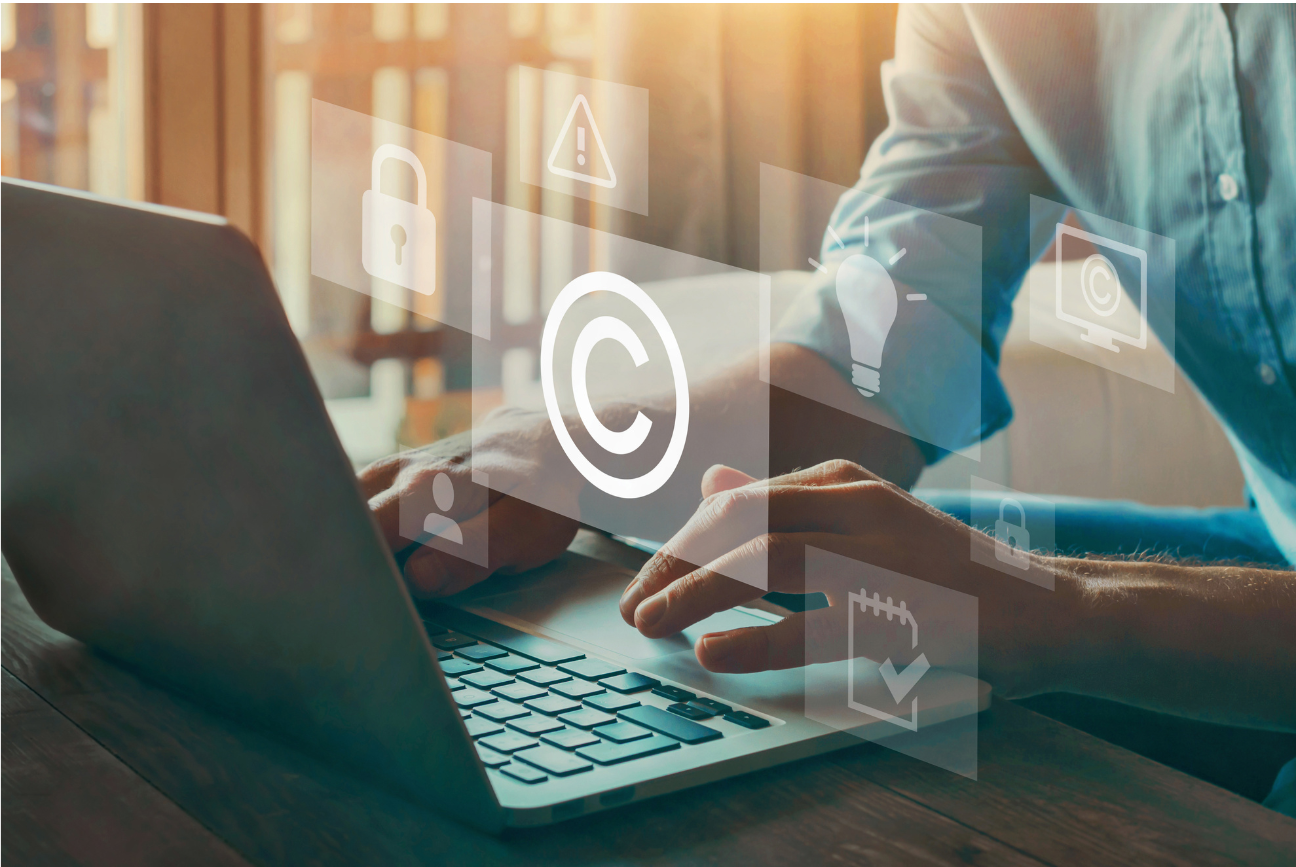In a time when connections occur more and more in the digital environment, protecting intellectual property and maintaining innovation are key actions for companies. However, with the constant evolution of technology and the necessity to stand out in an increasingly competitive market, there is a need for discussion about the future of organizations, changes in the profile of their operations and the emergence of solutions that accompany such advances.
The Internet has expanded access to knowledge at exponential levels. Nevertheless, it is increasingly challenging to follow the technological development inherent to its use. Not because of the increased complexity of technologies, but because of the explosion of cases related, for example, to the improper reproduction of content, in which established companies are surprised by the irregular use of their brand and/or technology developed by them. In these cases, Intellectual Property is the means of protection that will guarantee security and transparency for the business and, consequently, for its customers.
In this context, aiming not only to generate incentives for companies and creative professionals, but also aiming at scientific and cultural development, it was necessary for rules to be developed to guarantee the control of the use of these inventions/innovations.
This is called Intellectual Property, which unites the several rights related to creations and inventions (patents, trademarks, copyrights, industrial designs and trade secrets). For this reason, it has become part of the business strategy of corporations, which have increasingly adopted technological measures as a means of prevention.
However, inserting the dynamics of attention to Intellectual Property into the business is a challenge. Using patents as an example, according to the World Intellectual Property Organization (WIPO), Brazil is the country that takes the longest to grant patents in the world. According to the latest World Intellectual Property Indicators Report, a patent registration takes about 62 months to be obtained.
This delay in analysis is called a backlog. The difficulty in registering a trademark or patent in the country is linked not only to bureaucracy, but also to resistance to technology. It can be said that the challenge of the National Institute of Industrial Property (INPI) in solving the backlog problem is linked to the decline in industrialization in the country in recent years, as well as the decrease in funding for research.
On the other hand, the race to keep up with global growth in the technology sector has been encouraging companies to further explore the inventive potential of professionals. There is great expectation to solve the problem of overdue demands through initiatives such as new hires, training of employees already included, process mapping, continuous improvement actions and, of course, the implementation of technologies.
In addition to the legal sector, Intellectual Property must be connected to the technological sectors of companies. Controlling access through passwords, licensing and systems are some of the measures pertaining to digital rights management, which is increasingly using protectionist measures through solutions such as artificial intelligence, Blockchain, NFT, metaverse, among others.
However, most companies put the adoption of technological measures and new preventive approaches in the background. Although the legal teams analyze the legal aspects, institutions sometimes delay the implementation of operational strategies to prevent long-term misuse of Intellectual Property.
For these reasons, it is essential to visualize problems in advance and reach solutions to avoid negative impacts for the company. The structuring work covers issues such as the type of protection most suitable for the business, its duration, in which areas of the business to apply the measures and the action plan for possible litigation risks. That said, placing Intellectual Property as a strategic part of the company will always be a determining factor in protecting identity and generating assets safely and effectively.
Available at: https://www.estadao.com.br/politica/blog-do-fausto-macedo/desafios-da-propriedade-intelectual-na-era-digital/
Autor: Jessica Rocha Domingues Chagas • email: jessica.chagas@ernestoborges.com.br

